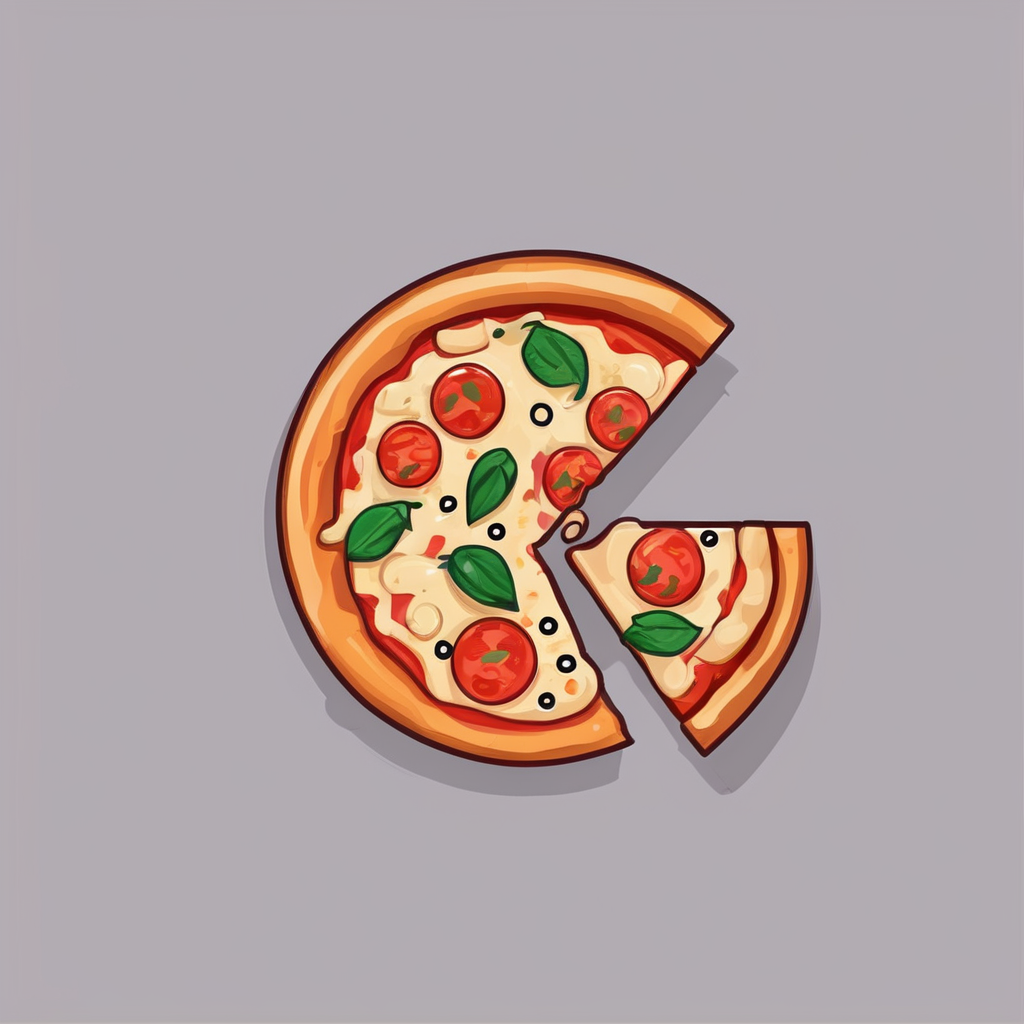Key Elements of a Compelling Restaurant Menu
Creating a standout menu is crucial for restaurant success. Each detail, from item descriptions to design aesthetics, plays a vital role in customer attraction. Describing dishes goes beyond listing ingredients; it’s about crafting an enticing narrative that stirs appetites and curiosity. For example, using imaginative language and sensory descriptions can elevate a simple tomato soup to a “hearty roast tomato bisque with a hint of basil essence.”
Pricing strategies are another cornerstone of an effective menu. The key is to strike a balance between profit and value. Avoid straightforward pricing like rounding numbers, as this can subtly communicate value; $9.99 might appeal more than $10. This can increase perceived affordability while maintaining profitability.
Additional reading : Unleash Irresistible Ice Cream Creations: Explore Unique Ingredients for Your Dessert Bar!
Design aesthetics enhance the dining experience by shaping customer perceptions and setting the restaurant’s tone. An elegantly designed menu can evoke sophistication, appealing to a more upscale clientele. Elements such as colour schemes, typography, and layout should reflect the restaurant’s brand and ambiance. Thoughtfully placed sections guide patrons through culinary offerings, subtly suggesting optimal dining choices.
Seasonal Offerings and Culinary Trends
Integrating seasonal ingredients into your menu not only enhances flavour but also aligns with growing environmental concerns, promoting sustainability. Seasonal offerings can reduce costs by relying on local produce, often more affordable and fresher. Customers appreciate dishes that highlight seasonal delights, as these ingredients typically offer superior taste and nutritional value.
Current culinary trends often dictate menu adaptations and influence customer preferences. Trend analysis can reveal insights into popular dietary movements like plant-based or gluten-free options, offering an opportunity for innovation. Understanding these trends allows restaurants to remain relevant, attracting trend-conscious diners and ensuring a diversified menu that meets varied needs.
Adjusting menus in accordance with customer preferences involves recognising shifts in dining habits and taste. It’s important to actively seek feedback to discern what patrons crave, be it exotic flavours or comfort foods. This feedback drives strategic menu updates, ensuring the menu remains appealing and dynamic throughout the year.
Incorporating seasonality and trends doesn’t merely refresh a menu; it demonstrates a commitment to quality and customer satisfaction, essential for restaurant success. This adaptability not only drives customer interest but helps cultivate loyalty among diners.
Psychological Insights into Menu Choices
Understanding customer psychology is pivotal in curating an appealing menu that drives decision-making effectively. An optimised menu layout can subtly guide diners towards desired choices. Position high-margin or signature dishes prominently, such as in the upper-right section of the menu, making them visually accessible.
Highlighting key offerings can be done through various tactics, like using boxes or icons to draw attention. These visual cues can make certain dishes stand out, playing into the psychological inclination towards selections that appear unique or recommended.
Emotional triggers also play a significant role. Descriptive language evokes sensory experiences, encouraging a deeper connection with the dish. Incorporating adjectives that appeal to emotions—such as “comforting” or “indulgent”—enhances the overall appeal. This method not only enriches the dining experience but can also increase the likelihood of higher sales.
To further influence decisions, strategically balance menu choices with familiar options and more adventurous selections. This caters to a broader range of preferences, simultaneously satisfying ease and curiosity. Ultimately, integrating psychological insights thoughtfully into menu design can significantly boost restaurant success.
Practical Tips for Menu Creation
Creating an exceptional restaurant menu involves strategic planning and execution. Begin by prioritising menu creation with a structured approach.
- Draft a Menu Blueprint:
- Clearly outline your culinary offerings. Begin with a broad array of items, then refine the list based on your restaurant’s theme and customer base.
- Analyse Successful Examples:
- Draw inspiration from renowned establishments. Study notable menus, like those at Michelin-starred restaurants, to understand how they integrate actionable steps in design and item description.
- Avoid Common Pitfalls:
- Steer clear of vague descriptions. Detail each dish’s unique culinary offerings to engage diners.
- Ensure price and value appear balanced. Missteps here can deter potential customers and affect perceived value.
- Iterate and Seek Feedback:
- Continually update your menu. Engage with diners for feedback. This ensures your menu remains relevant and dynamic, matching evolving tastes.
By considering these practical tips, you can craft a menu that not only exudes creativity but also enhances overall restaurant success. Remember, a well-designed menu reflects the soul of your restaurant, guiding the dining experience effectively.
Templates and Resources for Restaurant Menus
In the world of dining, utilising menu templates can streamline the creation process for restaurateurs, offering consistency and quality. These templates provide a structured format that ensures all important culinary offerings are presented clearly, facilitating effective communication with diners. Accessible tools like Canva or Adobe Spark offer various customisable templates suitable for different restaurant styles—from casual eateries to fine dining establishments.
For those seeking to delve deeper into menu design, numerous resource guides are available. These guides often cover nuanced aspects of menu creation, from understanding psychological principles to incorporating trending culinary highlights. Publications from reputable culinary schools or hospitality-focused research can be invaluable, helping you design menus that are not only visually attractive but also strategically effective.
When designing and printing professional menus, consider using specialised restaurant tools. Software like MenuPro can simplify layout creation and pricing adjustments, integrating seamlessly into your existing restaurant systems. Cloud-based services ensure that updates and modifications can be executed swiftly, keeping your menu fresh and relevant. By harnessing these templates and resources, restaurants can create compelling menus that engage customers and support overall success.


